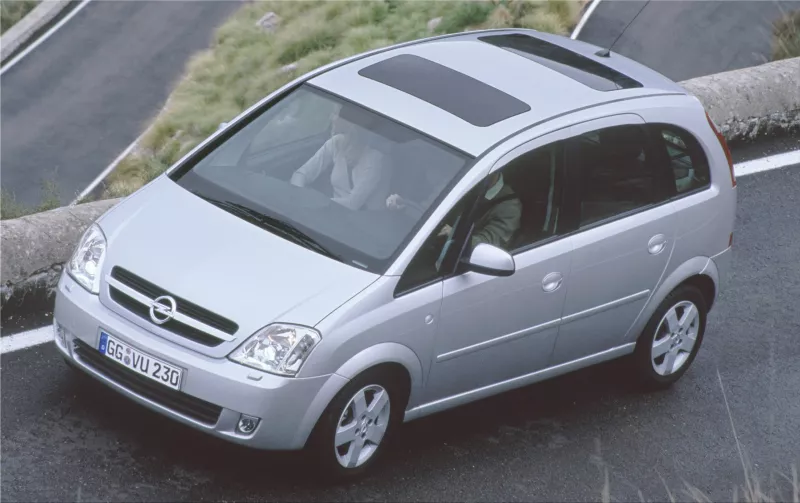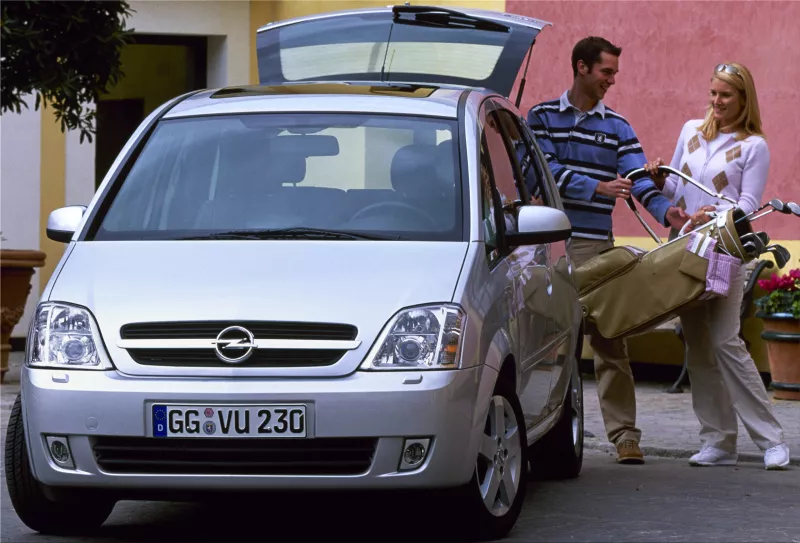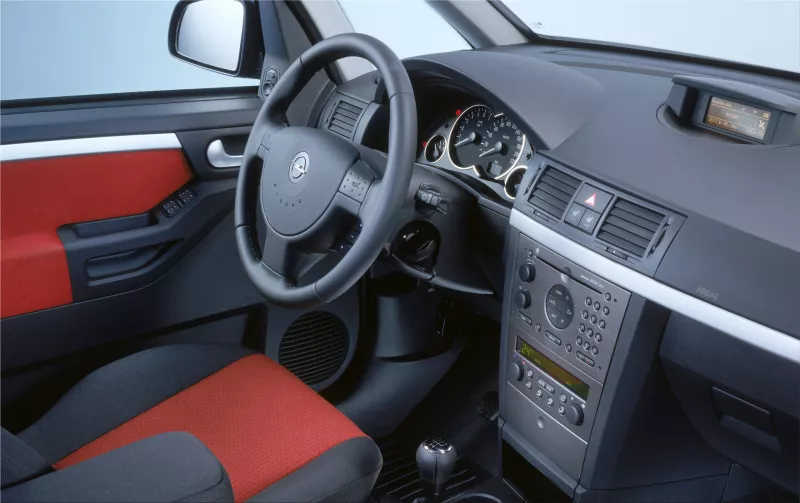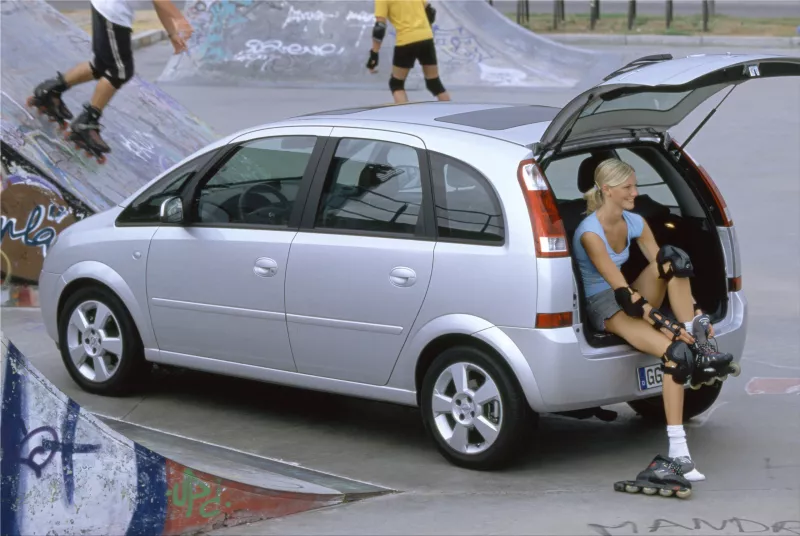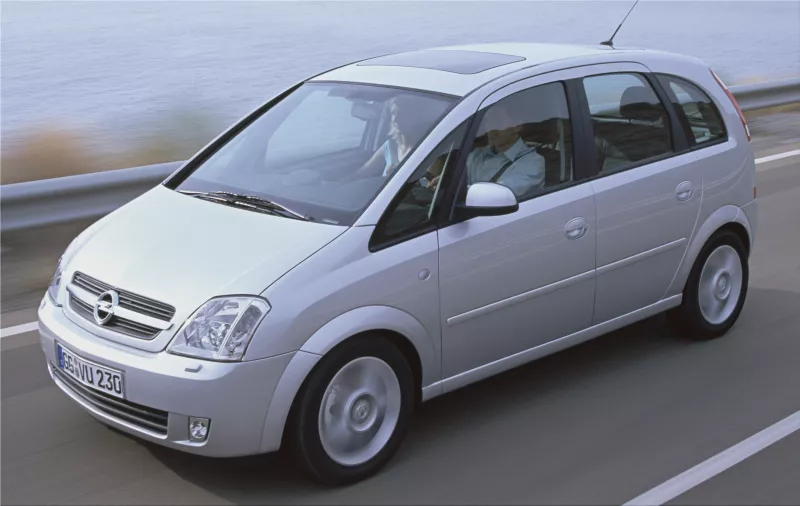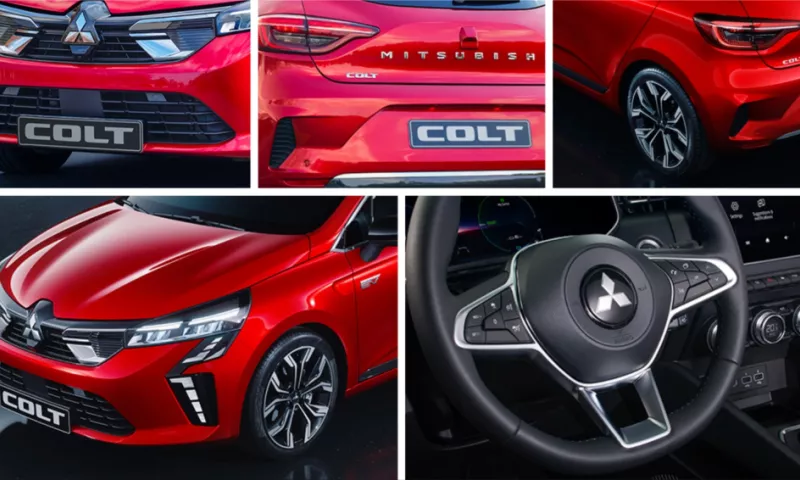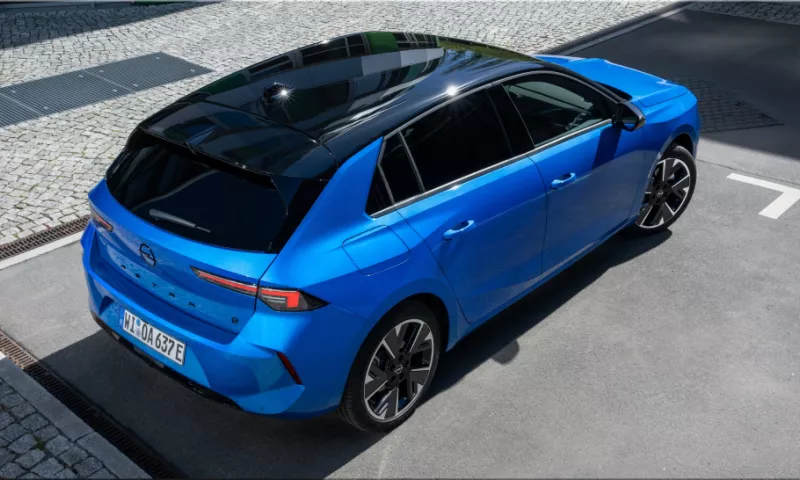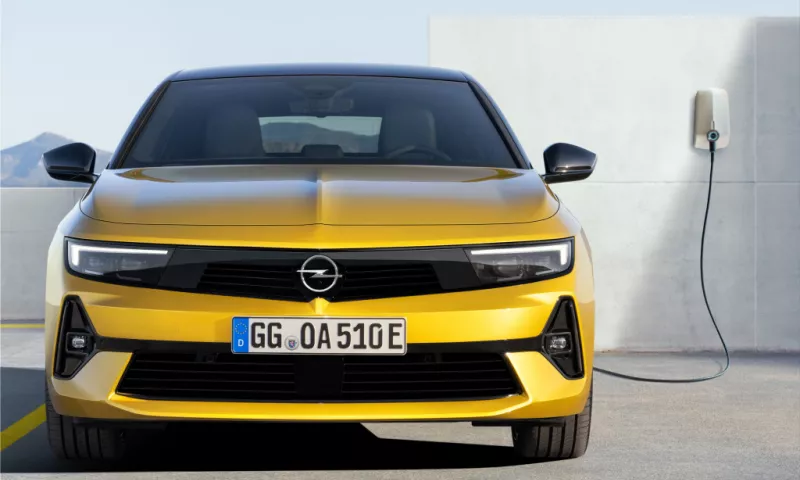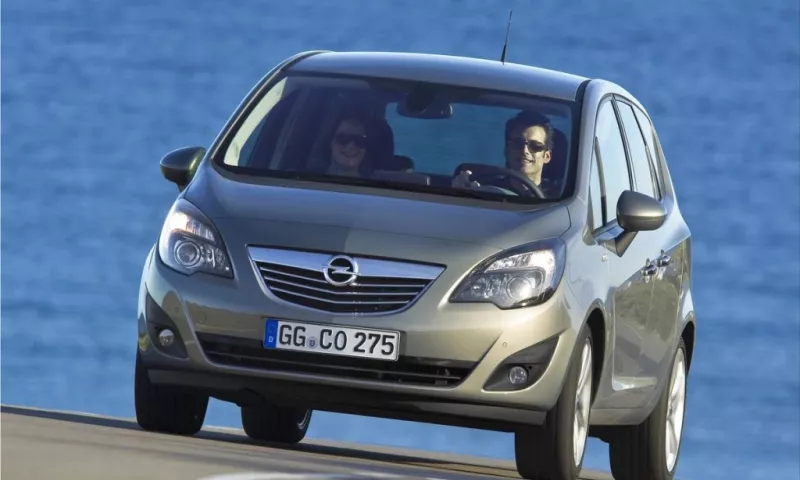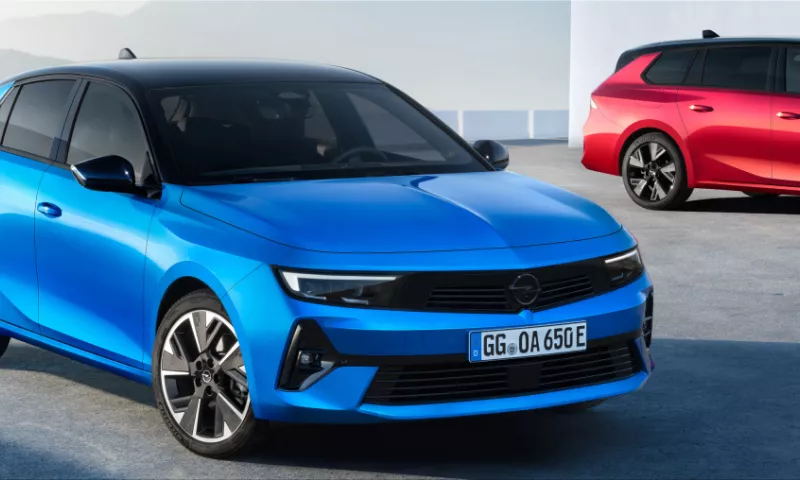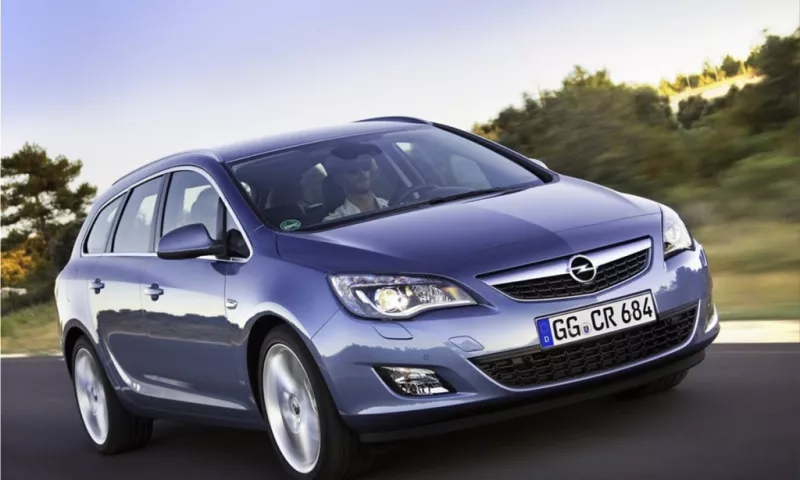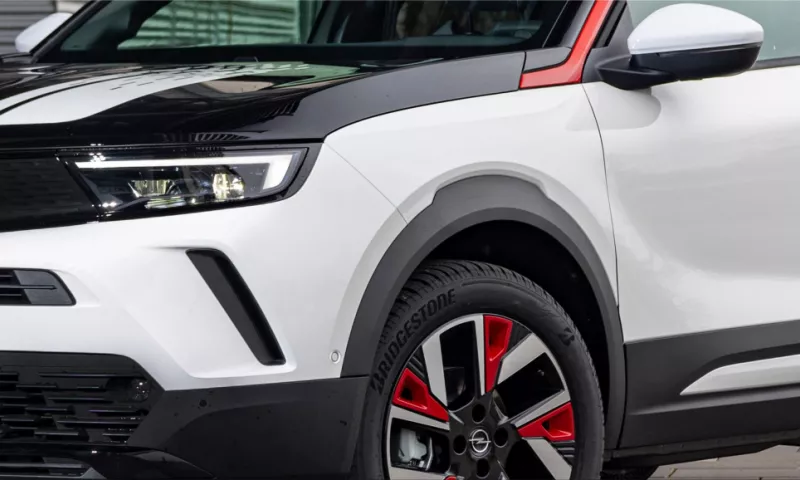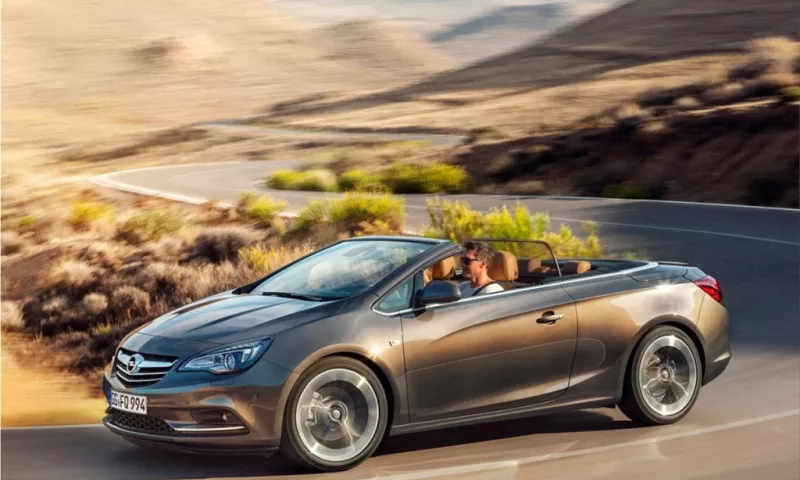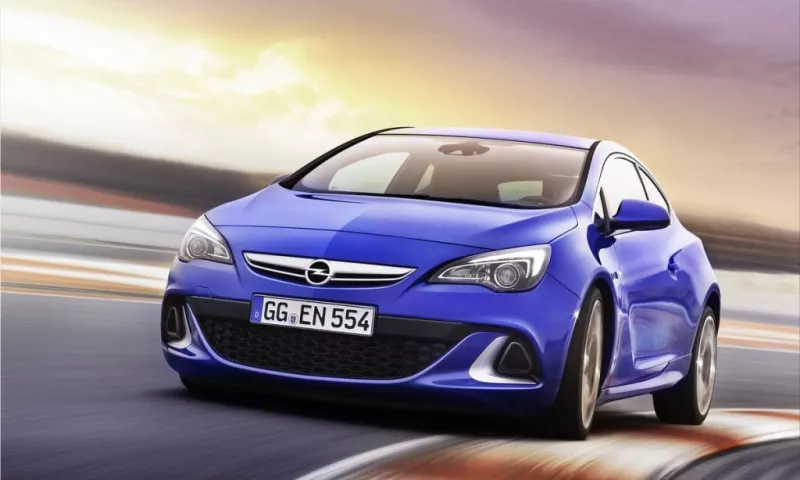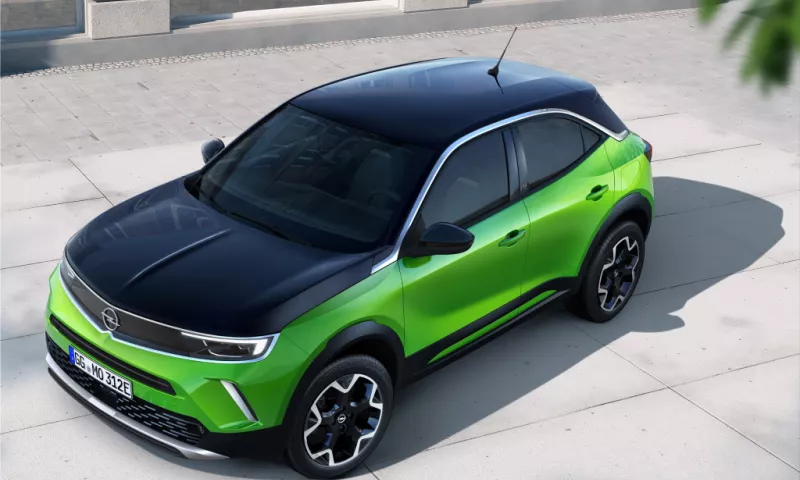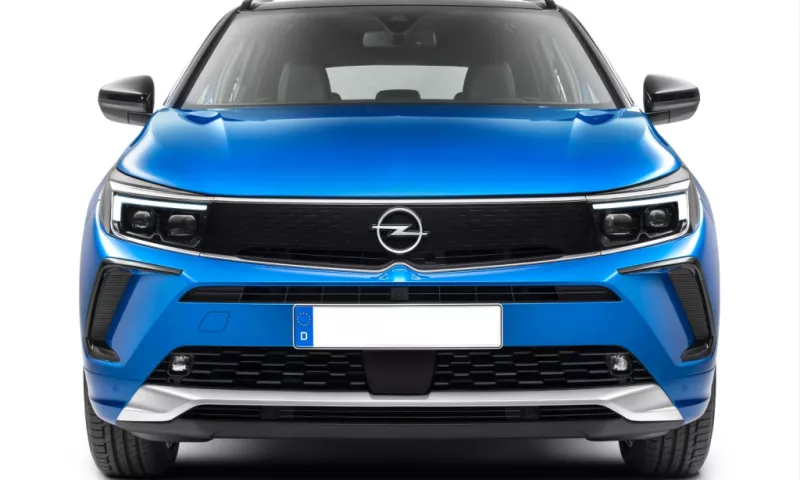The first generation of the Opel Meriva minivan was exhibited at the Opel booth at the 2002 Paris Motor Show. Following its famous predecessor, the Opel Zafira, the new Opel Meriva won praise for its clever adaptability, spacious interior, attractive styling, and manageable size.
The new Opel Meriva minivan, manufactured at the Zaragoza plant in Spain since 2003, faced the daunting challenge of replicating Opel Zafira's sales success in the immediately lower market segment. The two models shared a remarkable ability to transform the passenger compartment, allowing for transporting people or things without needing to remove any seats. While the larger Opel Zafira, with its Flex7 seat reconfiguration technology, the larger Opel Zafira could accommodate as many as seven passengers over three rows of seating. However, the new Opel Meriva was only available with five seats in a more conventional two-row layout.
Understanding that most individuals only need to transport themselves or two other people in a compact automobile, and rarely more than four, inspired this innovative approach for making the most of the available space within. The incredible adaptability of the Opel Meriva began with its wheelbase measurement of 2,630 millimeters, nearly identical to that of the Opel Zafira-e Life (2,694 mm). The Opel Meriva was 27.5 centimeters shorter than its predecessor.


